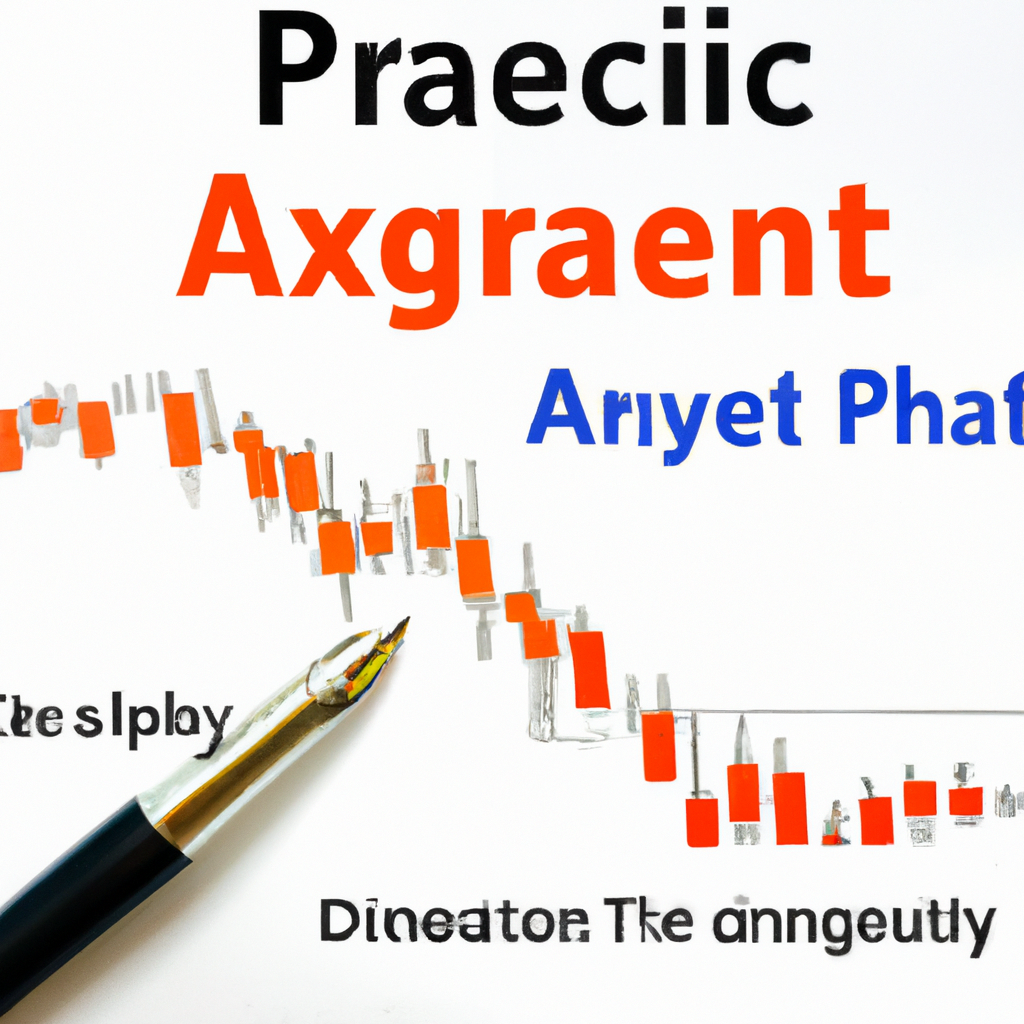
Unlocking the Secrets of Price Action Analysis Methods
Price Action Analysis Methods
Price action analysis is a popular method used by traders to analyze and make decisions based on the movement of prices in the market. It involves studying the historical price movements of an asset to predict future price movements. There are several methods and techniques that traders use to conduct price action analysis. In this article, we will discuss some of the common methods used by traders.
Support and Resistance Levels
Support and resistance levels are key levels on a price chart where the price tends to bounce off or reverse. Traders use these levels to identify potential entry and exit points for their trades. Support levels are levels where the price tends to find support and bounce back up, while resistance levels are levels where the price tends to find resistance and move back down.
Trend Analysis
Trend analysis involves identifying the direction of the market trend and trading in the direction of the trend. Traders use trend lines and moving averages to determine the direction of the trend. A bullish trend is characterized by higher highs and higher lows, while a bearish trend is characterized by lower highs and lower lows.
Candlestick Patterns
Candlestick patterns are patterns formed by the price action of an asset on a candlestick chart. Traders use these patterns to predict future price movements. Some common candlestick patterns include doji, hammer, engulfing, and harami patterns. These patterns can provide valuable insights into market sentiment and potential price reversals.
Price Action Patterns
Price action patterns are patterns formed by the price action of an asset on a price chart. These patterns can help traders identify potential entry and exit points for their trades. Some common price action patterns include head and shoulders, double tops and bottoms, and triangles. Traders use these patterns to make informed decisions about their trades.
Volume Analysis
Volume analysis involves studying the volume of trades in the market to gauge the strength of a price movement. Traders use volume indicators to confirm the validity of a price movement. High volume during a price breakout, for example, can indicate a strong trend, while low volume can indicate a weak trend. Traders use volume analysis in conjunction with other price action analysis methods to make informed trading decisions.
Overall, price action analysis is a valuable tool for traders to analyze and make decisions based on the movement of prices in the market. By using methods such as support and resistance levels, trend analysis, candlestick patterns, price action patterns, and volume analysis, traders can improve their trading strategies and increase their chances of success in the market.